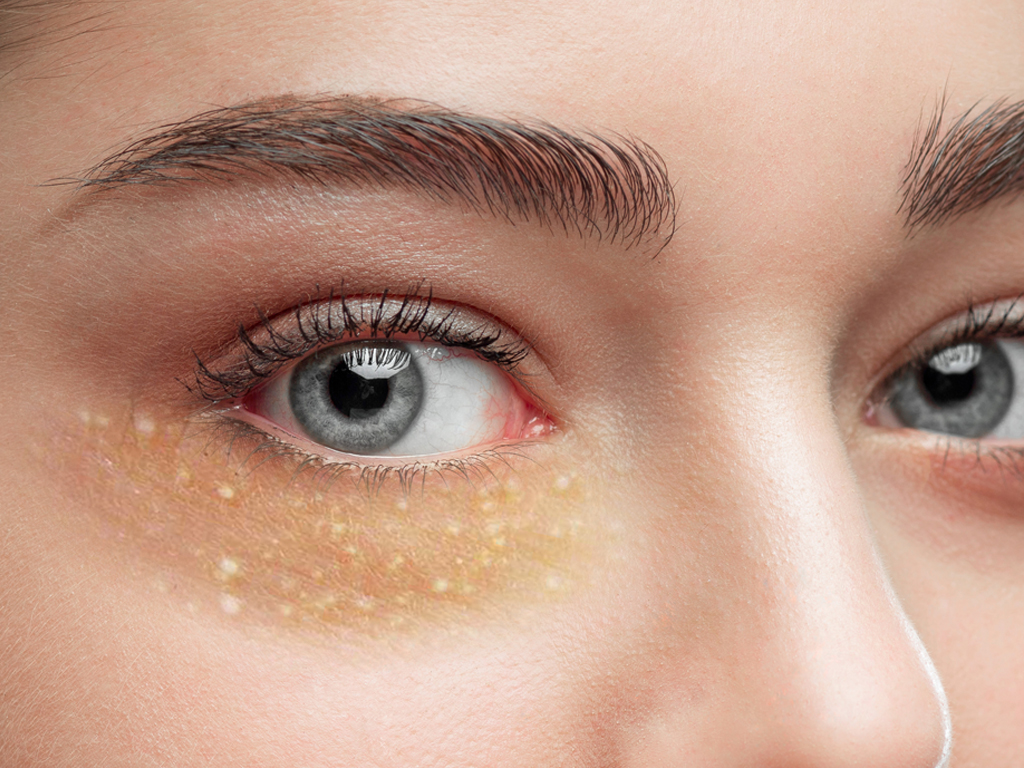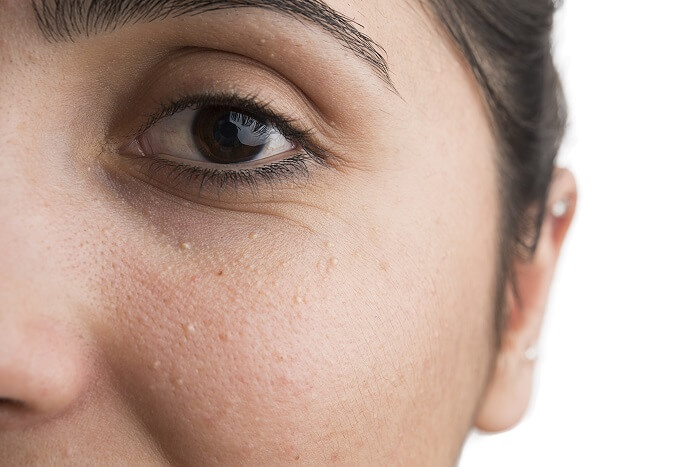Introduction
Milia, commonly known as milk spots or oil seeds, are small, white, cyst-like bumps that appear on the skin, primarily on the face. While milia are harmless and generally painless, they can be a cause of concern for many individuals due to their noticeable appearance. This article aims to explore the causes, symptoms, and treatment options for milia, providing a comprehensive understanding of this common dermatological condition.
Causes of Milia
Milia occur when keratin, a protein found in the skin, becomes trapped beneath the surface, forming small cysts. There are several causes of milia, including:
- Skin Damage: Trauma to the skin, such as burns, sun damage, or certain skin diseases, can lead to the formation of milia.
- Skin Care Products: Using heavy or oily skin care products that clog pores can contribute to milia formation.
- Genetic Predisposition: Some individuals are genetically prone to developing milia, with a family history of the condition.
- Sweating: Excessive sweating can lead to the accumulation of sweat and dead skin cells, blocking hair follicles and causing milia.
- Newborns: Milia commonly appear in newborns and are referred to as neonatal milia. These usually disappear on their own within a few weeks.

Symptoms of Milia
The primary symptom of milia is the presence of small, white or yellowish bumps on the skin. These bumps are often clustered together and are most commonly found on the face, including the cheeks, nose, and around the eyes. Milia are usually painless and do not cause itching or inflammation. While they are harmless, many people seek treatment to improve their skin’s appearance.
Treatment Options for Milia
- Topical Retinoids: Prescription creams containing retinoids can help increase skin cell turnover, preventing the formation of milia. However, these should only be used under the supervision of a dermatologist.
- Microdermabrasion: This non-invasive procedure uses a machine to exfoliate the outer layer of the skin, helping to remove milia.
- Laser Therapy: Laser treatments target the milia by breaking down the cysts and stimulating collagen production, leading to smoother skin.
- Extraction: Dermatologists can use a sterile needle or a comedone extractor to remove milia manually. This procedure should be done by a professional to avoid scarring or infection.
- Chemical Peels: Chemical peels containing alpha hydroxy acids (AHAs) or beta hydroxy acids (BHAs) can exfoliate the skin, promoting the shedding of dead skin cells and preventing milia formation.
- Proper Skin Care: Avoiding heavy or oily skin care products and using non-comedogenic (non-pore-clogging) moisturizers can prevent milia from worsening.

Preventive Measures
To prevent the recurrence of milia and promote overall skin health, individuals can adopt the following preventive measures:
- Gentle Exfoliation: Regular, gentle exfoliation can help prevent the buildup of dead skin cells, reducing the risk of milia formation.
- Sun Protection: Protecting the skin from the sun’s harmful UV rays with sunscreen can prevent skin damage and reduce the risk of milia.
- Avoid Squeezing: Avoid squeezing or picking at milia, as this can lead to infection, scarring, or further irritation.
- Hydration: Proper hydration keeps the skin healthy and can prevent the skin from becoming excessively dry, reducing the likelihood of milia formation.
Conclusion
Milia, while benign, can be a cosmetic concern for many individuals. Understanding the causes, symptoms, and available treatment options is essential for effective management. Consulting a dermatologist is crucial for accurate diagnosis and appropriate treatment, ensuring the best possible outcome and maintaining skin health. By adopting preventive measures and seeking professional guidance, individuals can effectively manage milia and achieve smoother, healthier skin.